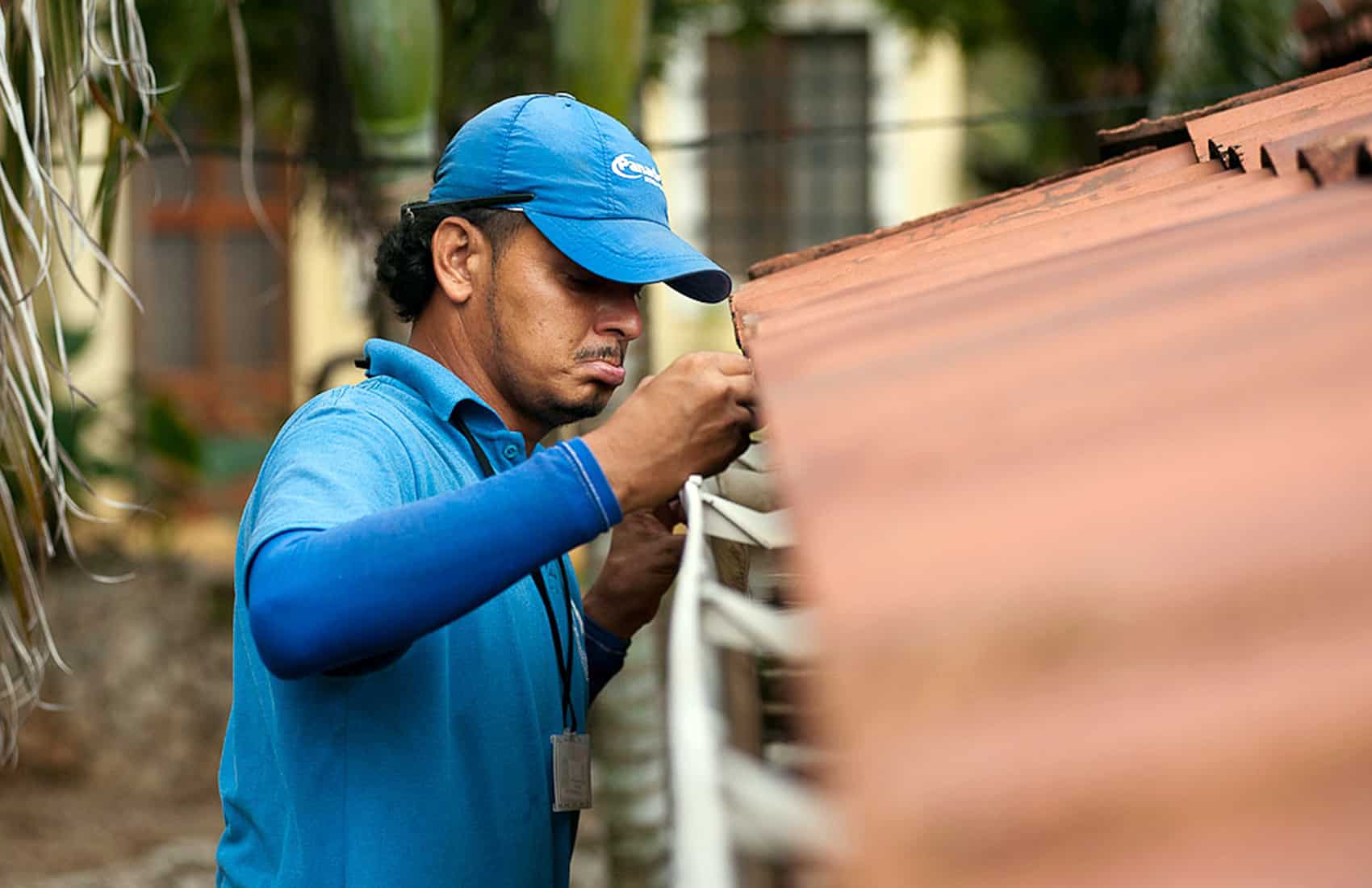The Pacific provinces of Guanacaste and Puntarenas account for 70 percent of cases of dengue in Costa Rica so far this year, the Public Health Ministry reported.
The ministry’s latest report, issued last Friday, states that 8,141 dengue cases were confirmed through week 41 of this year. That figure represents a 7 percent decrease compared to the same week last year, when the number was 8,756.
Puntarenas accounts for 40 percent of these cases, mainly in the cantons of Corredores, Golfito and Central Puntarenas.
Guanacaste is second with 33 percent of cases, most of them in the cantons of Abangares, Nicoya and Santa Cruz, “where cases began spiking in week 30,” according to José Garcés Fernández, from the Ministry’s Health Surveillance Department.
The total number of infected people at the end of last year was 11,140 – just over 80 percent less than the number of cases reported in 2013.
Chikungunya in Costa Rica
The first cases of chikungunya in Costa Rica were confirmed in October of last year, and Friday’s report indicates the number of cases so far this year has reached 1,930.
The first 14 confirmed cases in 2014 were people infected during trips to the Dominican Republic and Haiti. The year ended with a total of 145 cases, according to the ministry’s data.
As with dengue, most chikungunya cases this year are patients in coastal provinces. Limón, on the Caribbean coast, accounts for 44 percent of the total, followed by Guanacaste with 19 percent and Puntarenas with 17 percent, both on the Pacific coast.
Ministry officials currently are drafting new regulations aimed at fining people who fail to eliminate objects that collect stagnant water, which are considered the main breeding spots for both Aedes aegypti and Aedes albopictus mosquitoes, carriers of dengue and chikungunya.
Officials also are urging residents in areas faced with water shortages to use extreme precaution when storing water to avoid the spread of mosquitoes.






